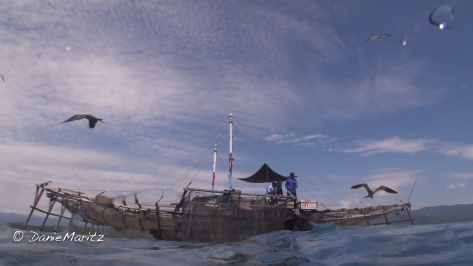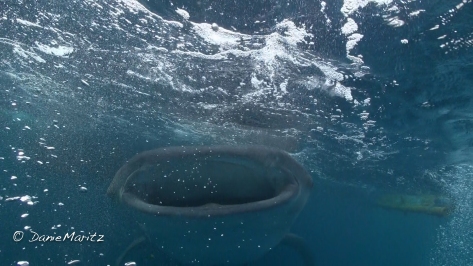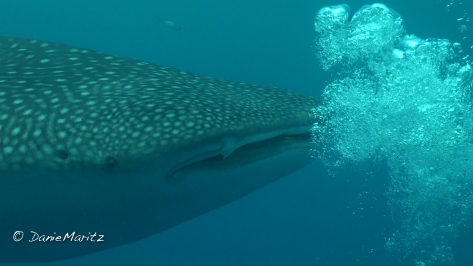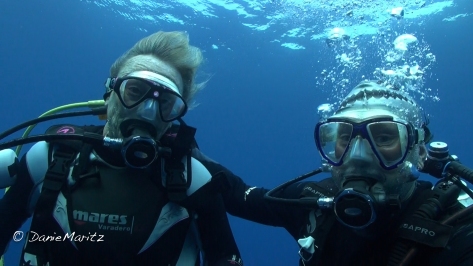
Located in the eastern fringe of the Indonesian archipelago, is Cenderawasih Bay. This is about as remote as it gets.
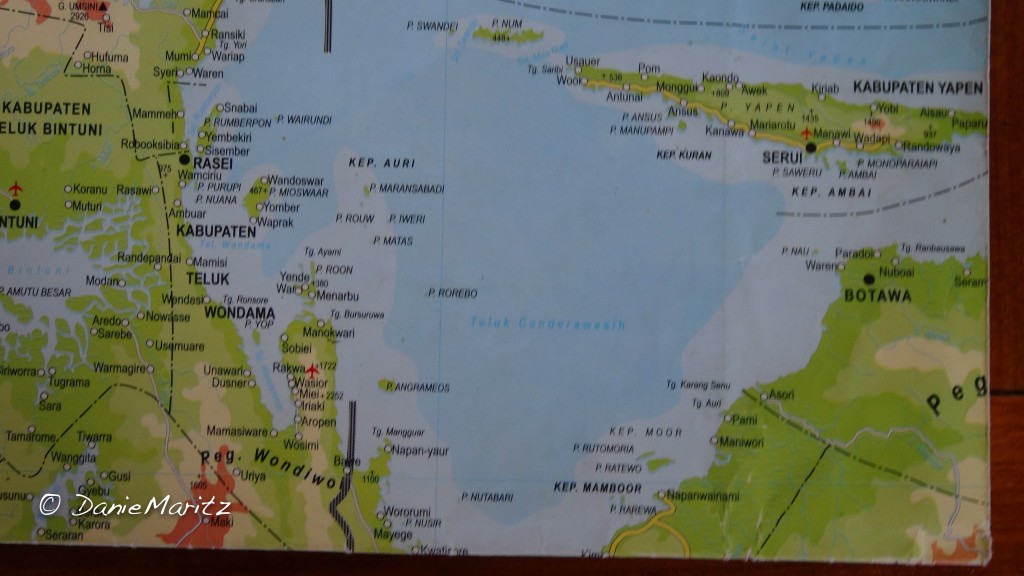
Cenderawasih Bay
Cenderawasih Bay is well known for it’s whale-sharks, but, it also has some of the best dive spots in the world. Floating weightlessly you pass by, hard corals,
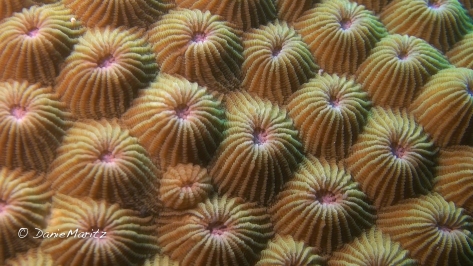
Hard Coral
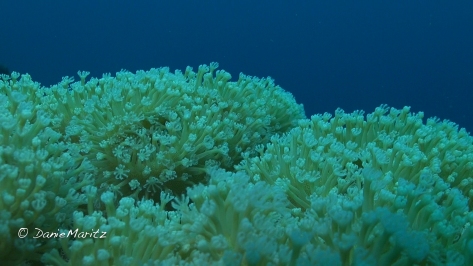
Soft Coral
soft corals, large plate corals
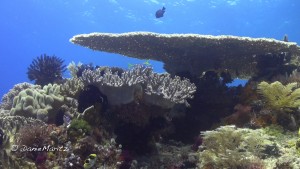
Plate Coral
and lettuce corals, amongst others.
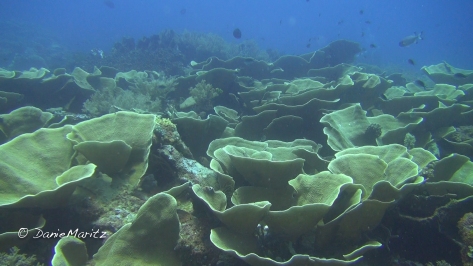
Lettuce Coral
This isolation has consecrated Cenderawasih as an ancient sea, and it has a high percentage of endemic fish and coral species found nowhere else in the world.
The bay holds substantial clues to the geological history and tectonic evolution of the region. Research has established that until recent times it was geologically isolated from the flow of Pacific tides.
Ichthyologist Dr Gerald Allen has hailed the bay as “the Galapagos of the East”, basing this claim on documented findings of an “evolutionary cauldron” of new and unique coral, shrimp and fish species. Extensive surveys documented 995 species of fish and more than 500 species of coral.
The many large barrel sponges, as well as other corals, are all in a pristine condition, probably due to the remoteness and natural protection of the bay.
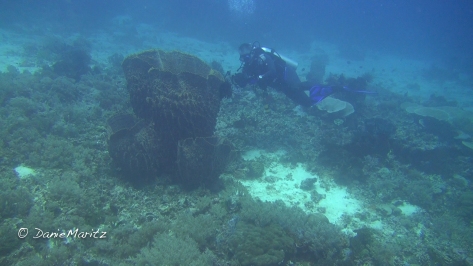
Barrel Sponge
Along the drop off’s, in a water temperature of 29 degrees centigrade, are many kinds of whip corals, sponges and giant sea fans. Most of the time we had a visibility in excess of 30 meters.
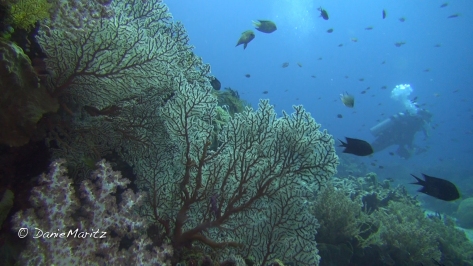
Sea Fan
There is a seemingly endless variety of sea fans, as well as hard and soft corals. Drifting around with a camera is so frustrating. It’s almost like a kid in a candy store. There are too many beautiful things. You just can’t photograph everything. The whole place is so photogenic.
The WW11 wrecks at Manokwari are considered to be one of the best wreck diving sites in the world.

Wreck of landing craft
Gliding amongst the wrecks, in fairly shallow water, you soon become enveloped and in one large school of fish after another……….. and this is all happening in what could be a garden nursery.
You are constantly enveloped by large schools of Sweetlip Emperors and Yellowtail Snappers (Ocyurus chrysurus)
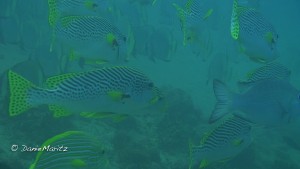
Sweetlips emperor
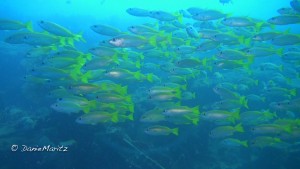
Yellowtail Snappers (Ocyurus chrysurus)
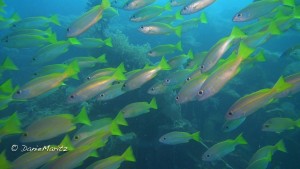
Yellowtail Snappers (Ocyurus chrysurus)
When you turn your back, a large school of yellow blue fusiliers, that’s always in a hurry, come sweeping by.
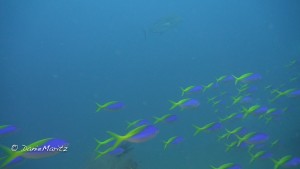
yellow blue fusiliers
A waterfall of sweepers cascading into hidden caverns.
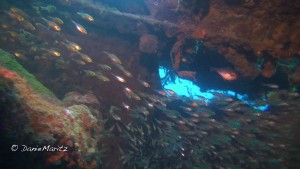
sweepers
The synchronous movement of small fish, mimicking the ever changing shape of clouds, is poetry in motion. They are commonly found under the jetties.
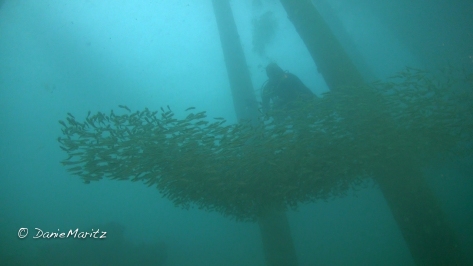
poetry in motion
Small schools of overactive, scavenging juvenile cat fish brushing over the surface beneath one of the jetties.
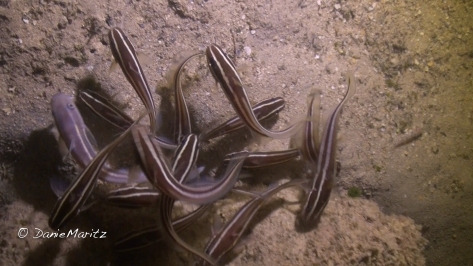
juvenile cat fish
Every so often, a school of barracuda come gliding past.
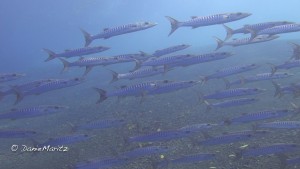
barracuda
There are so many different types of anemone all around every dive site.
The nimble Venus anemone shrimp or “glass shrimp” that float around, between and over the anemone tentacles can grow up to a maximum size of about 3 cm. They are perfectly formed, transparent, blue tinged creatures. It’s difficult not to just sit and watch them for a whole hour.
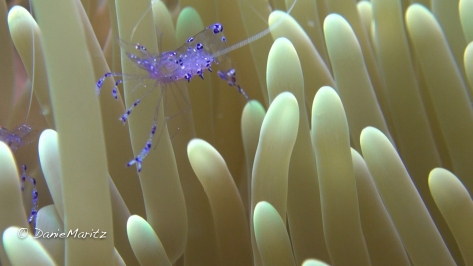
Venus anemone shrimp or “glass shrimp”
Anemone fish are always fascinating to watch. This Pink anemone-fish (Amphiprion perideraion) was constantly darting in and out between the anemone tentacles.
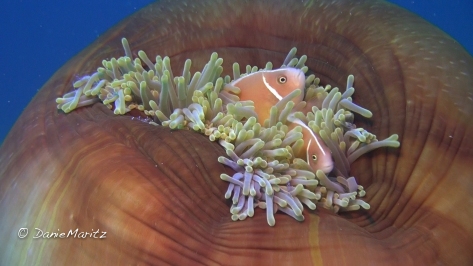
Pink anemone-fish (Amphiprion perideraion)
A Two-bar Anemone-fish (Amphiprion bicinctus) is also briefly inspecting life outside of the anemone.

Clown Anemone-fish (Amphiprion percula)
Another Clown Anemone-fish (Amphiprion percula) enters and exits the scene briefly. It can also be a Common clownfish, or better known as “Nemo“(Amphiprion ocellaris) in the Walt Disney film ‘Finding Nemo’,
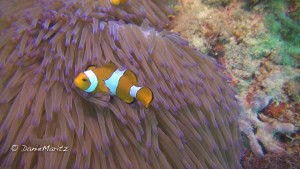
Clown Anemone-fish (Amphiprion percula)
Never a dull moment, with the bizarre swimming style of the razorfish (Aeoliscus strigatus).
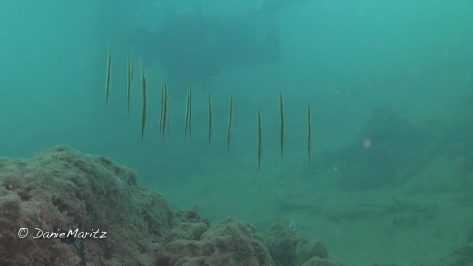
razorfish (Aeoliscus strigatus)
It’s always great to see a colourful mantis shrimp. It has one of the most elaborate visual systems ever discovered.
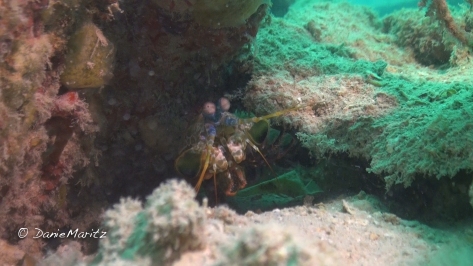
mantis shrimp
This one looks like a (Penaeus monodon) or a giant tiger prawn.
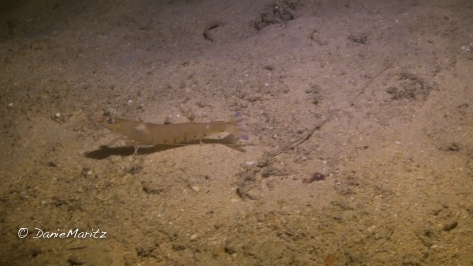
giant tiger prawn (Penaeus monodon)
Banded Coral Shrimps (Stenopus hispidus) are also known as “Boxing shrimps” due to this otherwise peaceful shrimp’s aggressive behaviour towards other Banded shrimps. It can move freely between obstacles, without it’s long antennae touching anything.
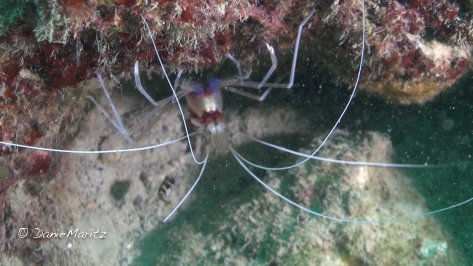
Banded Coral Shrimps (Stenopus hispidus)
Tiny anemone shrimps (Periclimenes brevicarpalis) almost look artificial with their white spotted tails and transparent glass like bodies. If it wasn’t for the few coloured spots on their bodies, they would have been completely invisible.
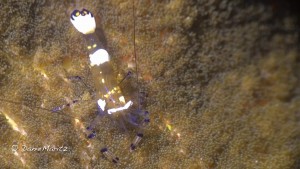
anemone shrimps (Periclimenes brevicarpalis)
Sexy Anemone Shrimps (Thor amboinensis) are everywhere.
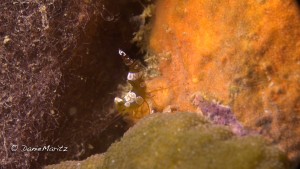
Sexy Anemone Shrimps (Thor amboinensis)
Arrow crabs (Hyastenus bispinosus ) are about 2cm in size and very well camouflaged. It walks along the bottom and looks just like a praying mantis.
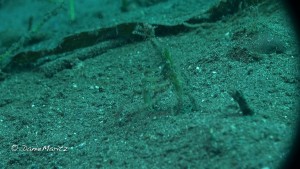
Arrow crab (Hyastenus bispinosus )
This hermit crab was inquisitive and came over to have a look at what I was doing.
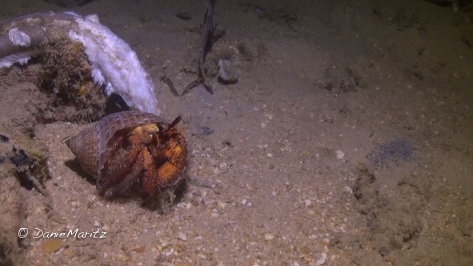
hermit crab
When this Anemone Hermit Crab (Dardanus pedunculatus) outgrows it’s shell, it will be discarded and all the anemone on the old shell, will also be transferred to the new shell.
Tiny Hermit Crabs (Pagurixus rubrovittatus) grow up to 0.5mm in size. This one was feasting on the even smaller krill that were attracted by my strobe lights.
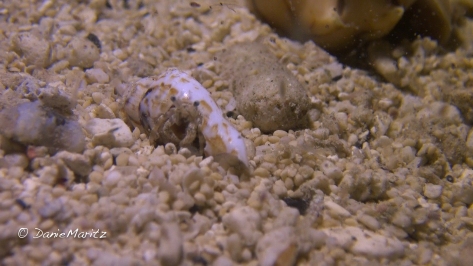
Tiny Hermit Crabs (Pagurixus rubrovittatus)
This White-spotted Left-handed Hermit Crab (Dardanus megistos) almost seems to be too big for its shell house.
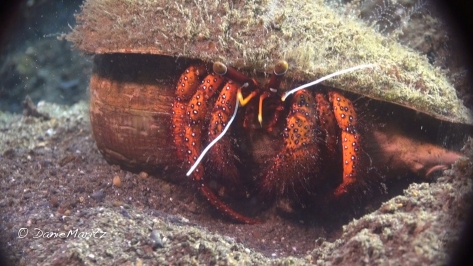
White-spotted Left-handed Hermit Crab (Dardanus megistos)
Porcelain crabs are tiny and extremely busy, usually with a body width of less than 15 millimeters. Not a fraction of a second goes by that they aren’t busy doing something.
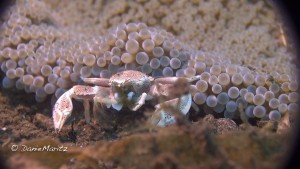
Porcelain crabs
Please watch the video and like it on YouTube at:
You ca also follow us on YouTube by clicking on Subscribe in YouTube.


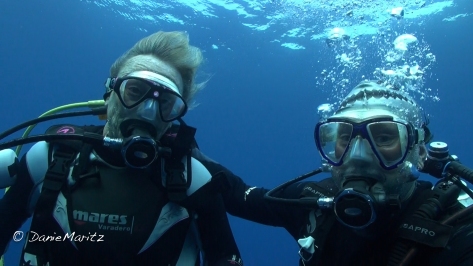
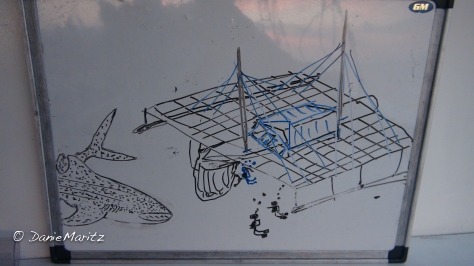
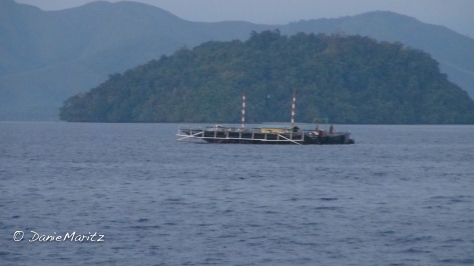
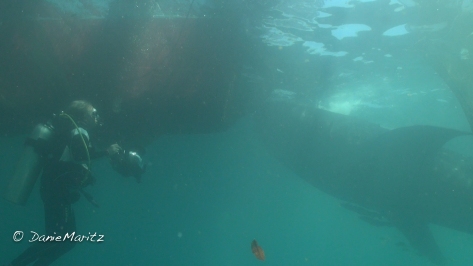
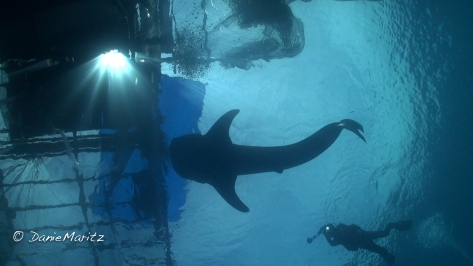
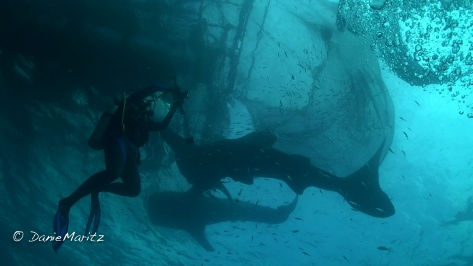
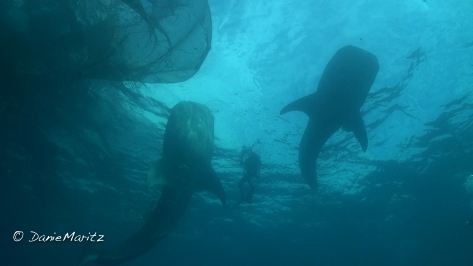
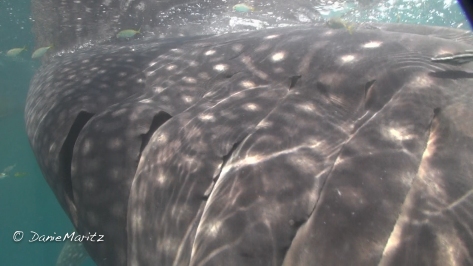
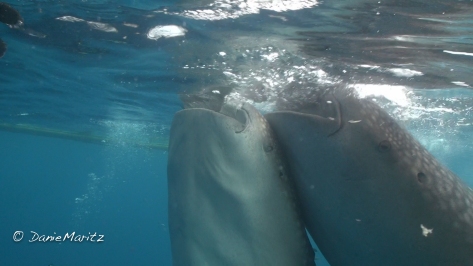
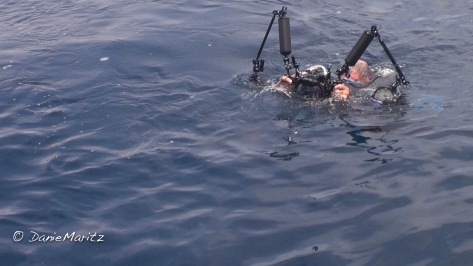
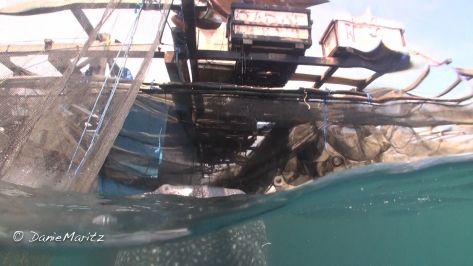
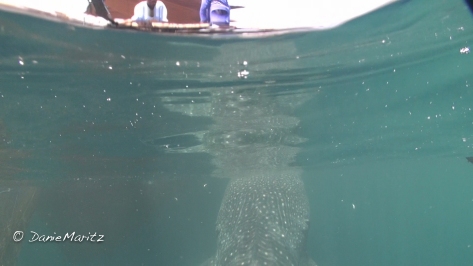
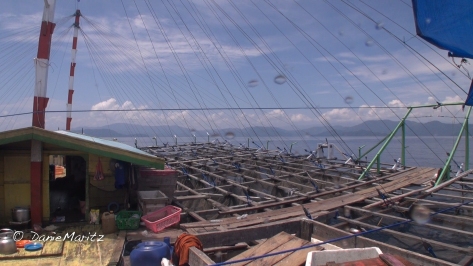
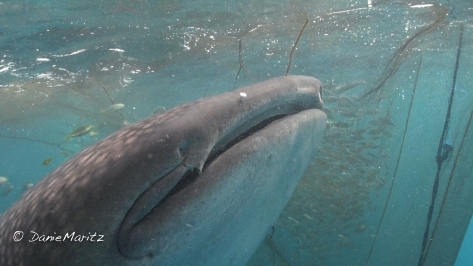
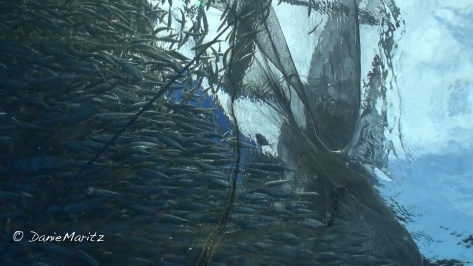
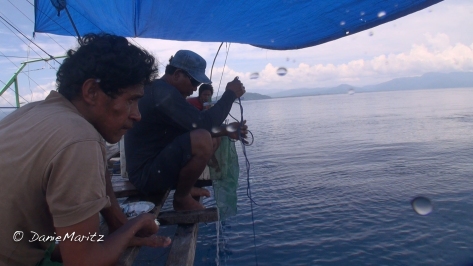
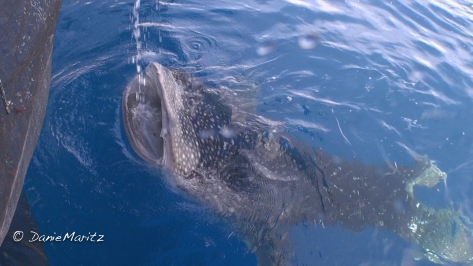
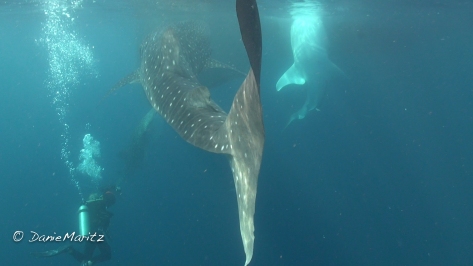
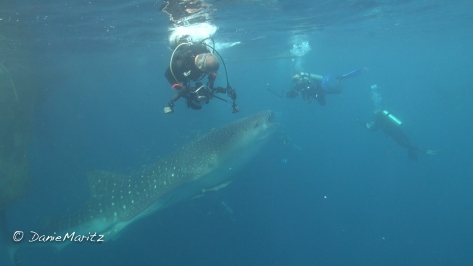
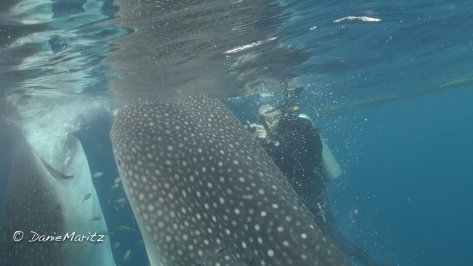
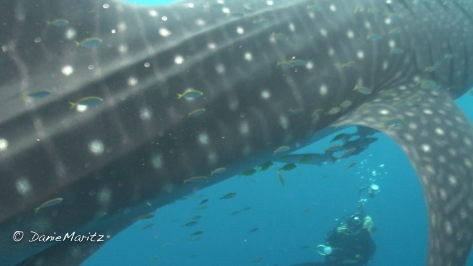
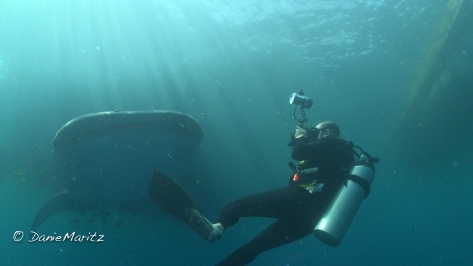
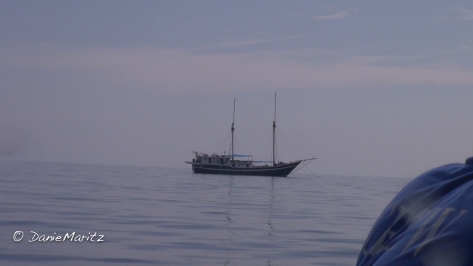
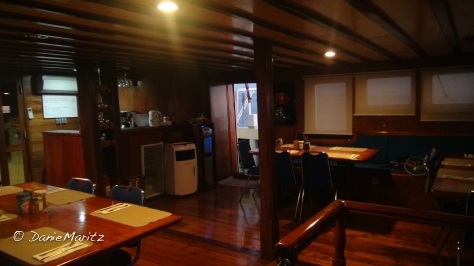
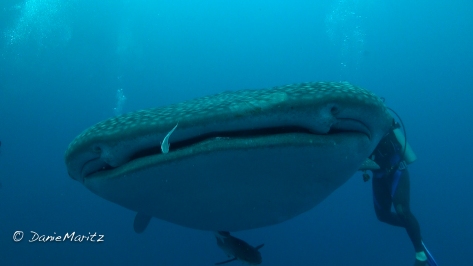
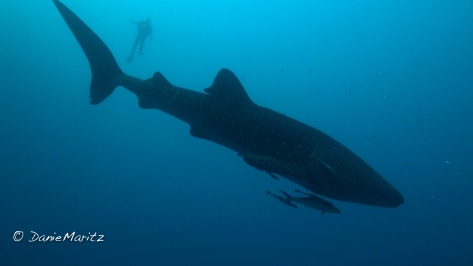
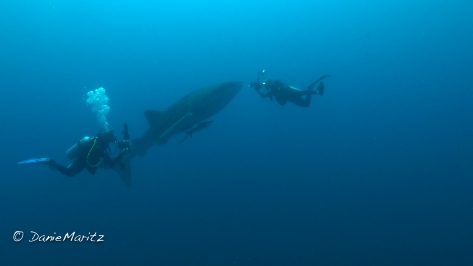
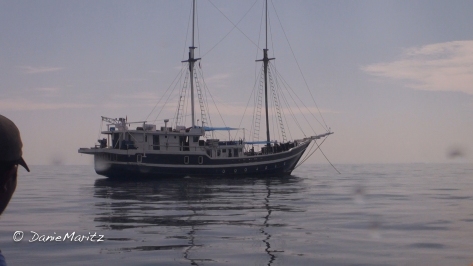
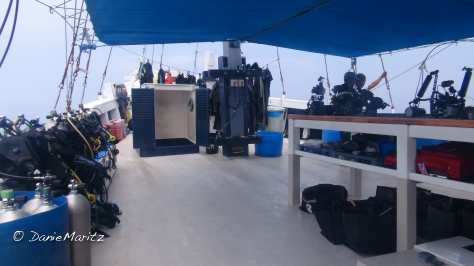
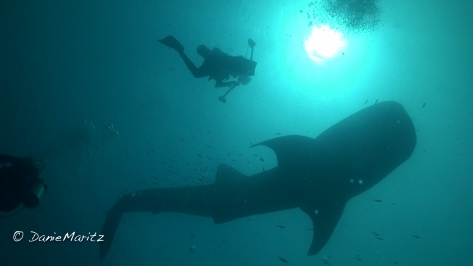
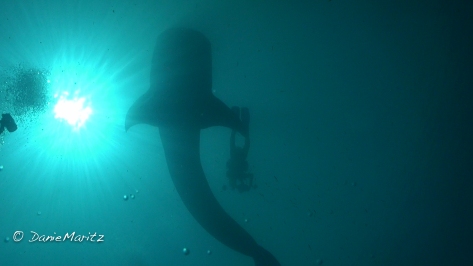
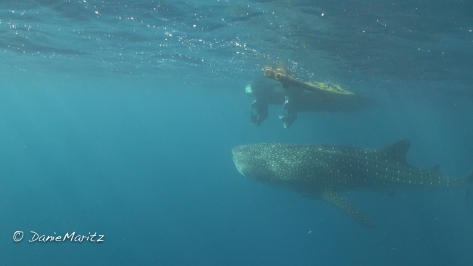
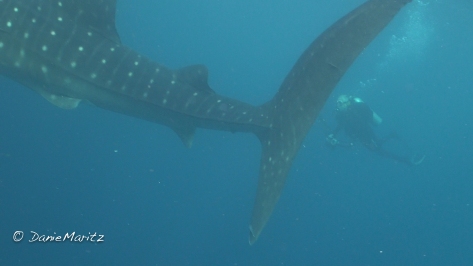
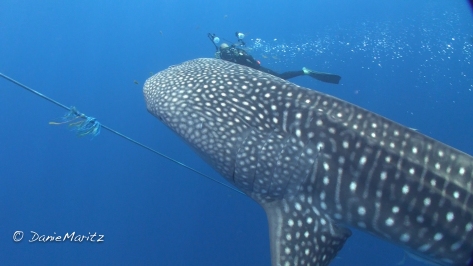
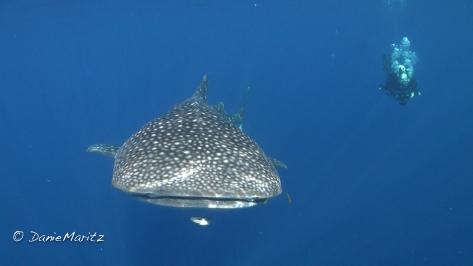
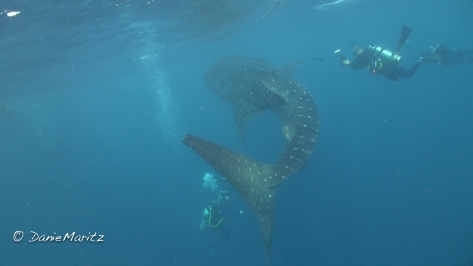
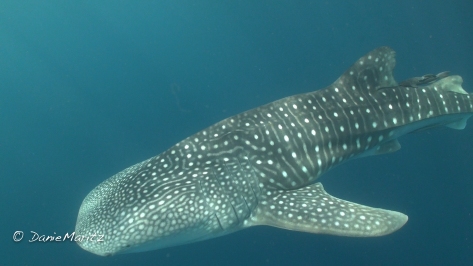
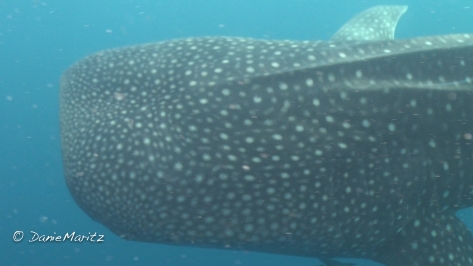
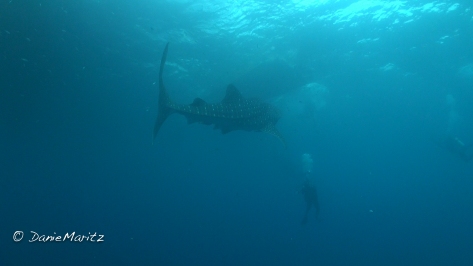
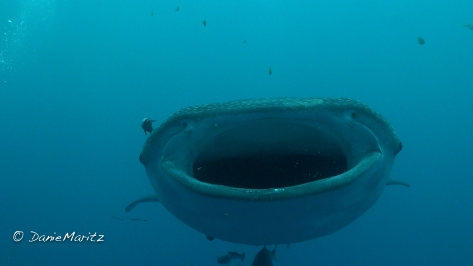
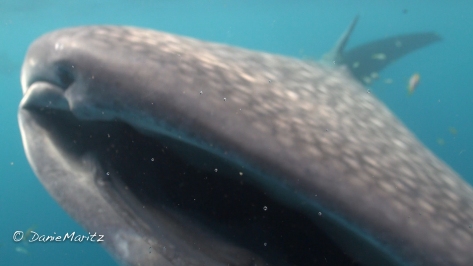
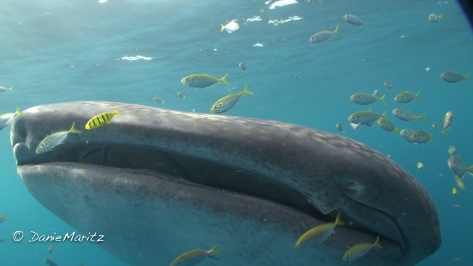

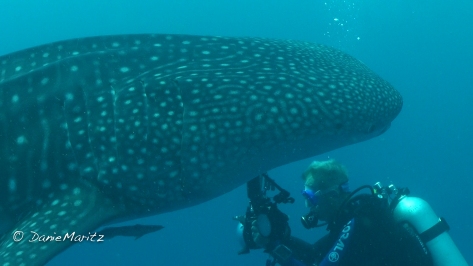
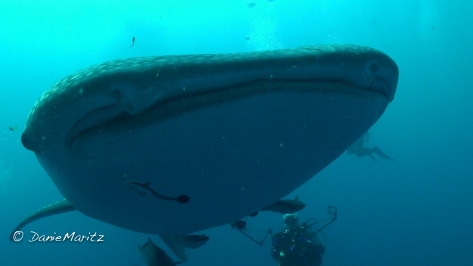
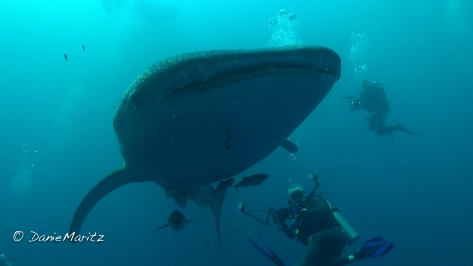
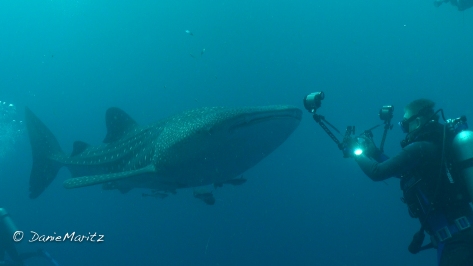
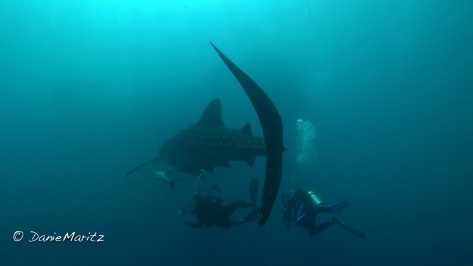
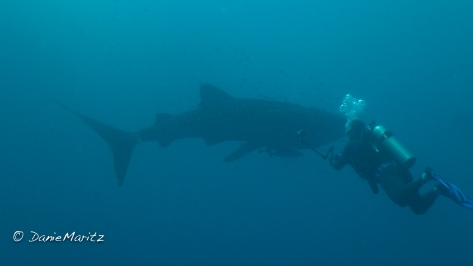
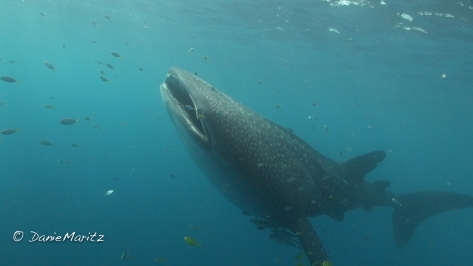
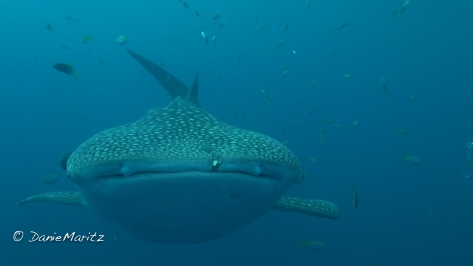
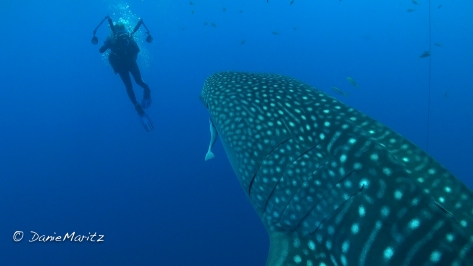 We found that when there were a couple of scuba divers in the water, the whale shark would approach and would swim past each and every one of us in turn. All you have to do is to is to stay in on place, they will find you.
We found that when there were a couple of scuba divers in the water, the whale shark would approach and would swim past each and every one of us in turn. All you have to do is to is to stay in on place, they will find you.
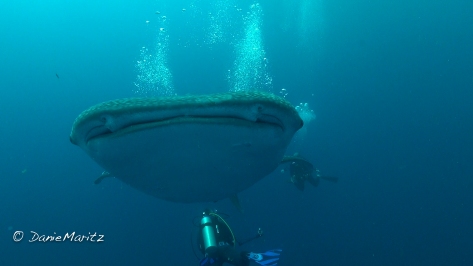
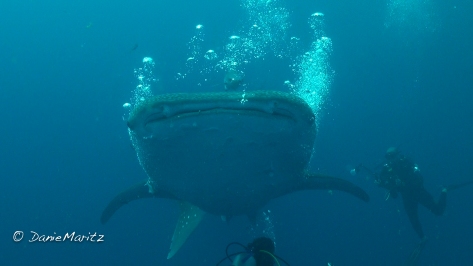 In
In 